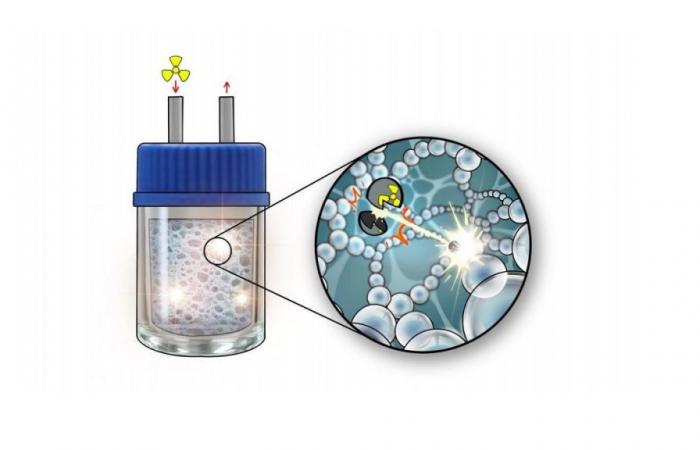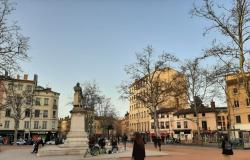
Tritium, krypton-85 and carbon-14 are among the radioactive gases the most rejected by the nuclear industry during the production of electricity or the recycling of radioactive waste. If they do not present a major risk, their precise measurement is useful to ensure the proper functioning of nuclear power plants and prevent accidents. But the detection and measurement processes for these radionuclides prove expensive and complex.
The interest in the solution developed by scientists from the CNRS Light Matter Institute and the Claude Bernard Lyon 1 University, the Chemistry Laboratory of the ENS de Lyon and the Henri Becquerel National Laboratory therefore takes on its full meaning.
Radioactive gas detection: deploying sensors on a large scale
The real-time, reliable and low-cost detection technology is based on a gas-solid mixture and relies on the synthesis of an aerogel, from nanoparticles of glittering materials. This composite with an ultra-porous structure, made up of 15% solid while being transparent, can be compared to a sponge. “When the gas enters the scintillation cuvette and comes into contact with the aerogel, the latter converts the energy produced by the emission of electrons during the decay of radionuclides into visible light. This light flash is immediately captured “explains the group of physicists, chemists and metrologists.
This new approach makes it possible to envisage a large deployment of sensors dedicated to monitoring of civil nuclear activities. Part of the European SPARTE3 project, this discovery is the subject of several patent filings.





